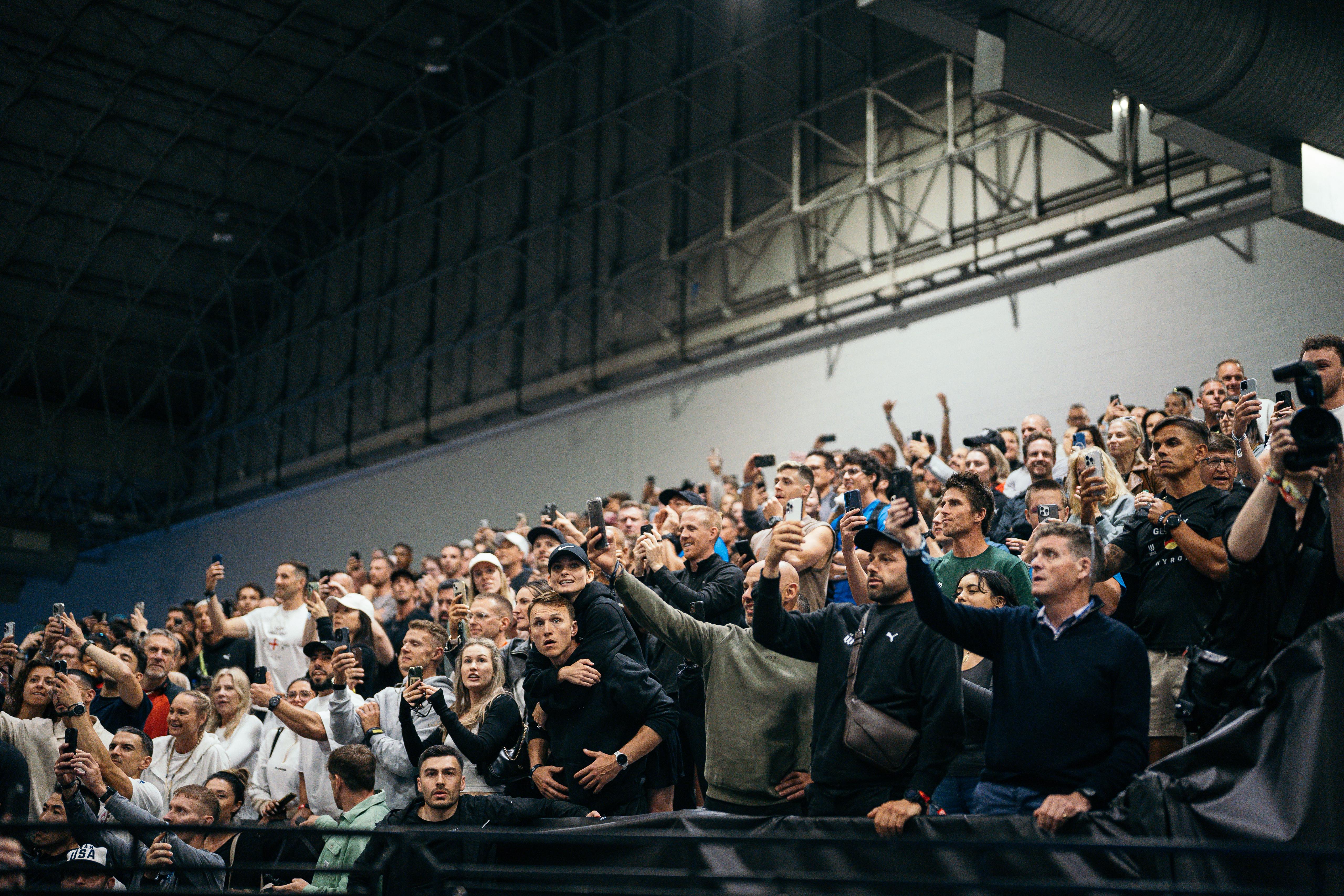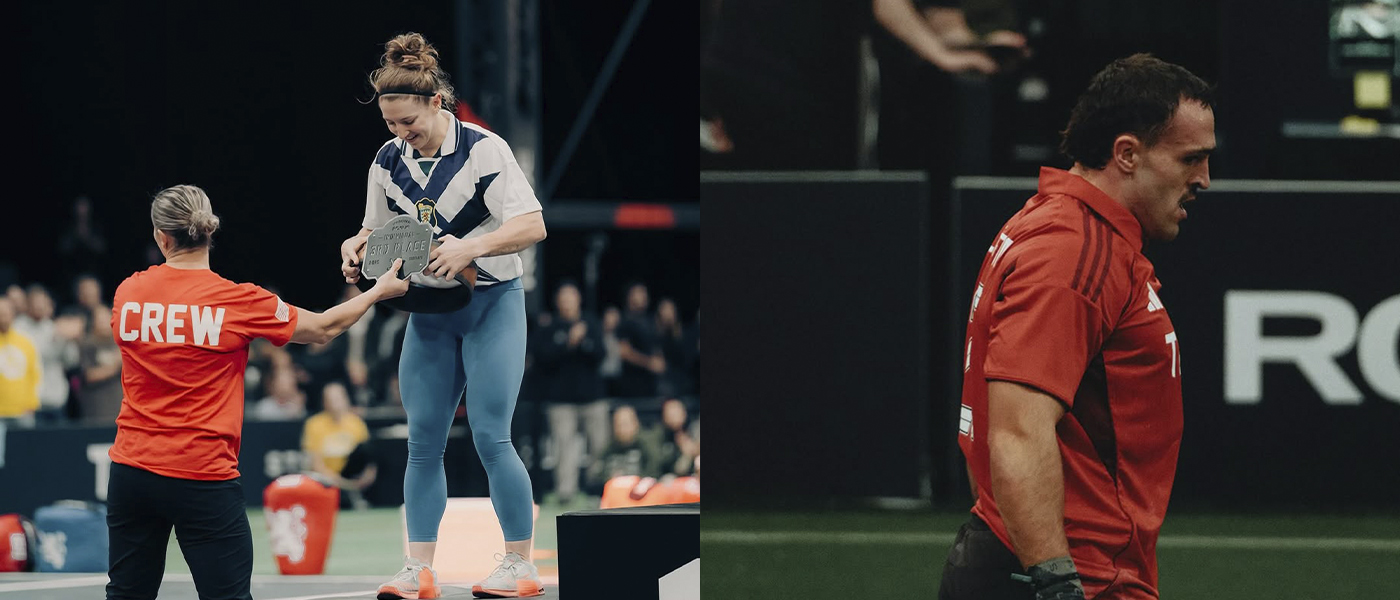Paramount has just signed the deal of all deals: a mammoth $7.7 billion media rights agreement with the UFC. The deal dwarfs previous agreements and effectively ends the pay-per-view era.
It’s a defining moment for combat sports, where PPV has been the dominant revenue model for decades, delivering multi-million dollar paydays to headline fighters. But cracks have started to show. Audience interest has increasingly skewed toward a handful of blockbuster matchups, while undercard events have struggled to draw the same commercial performance.
Meanwhile, the attention economy is red hot. Eyeballs are the currency, and media giants, from Paramount to Disney to Netflix, are investing heavily to own premium, high-stakes content. In an era of generative content and AI-driven feeds, live sport is uniquely fantastically (maybe a little ridiculously) human.
It’s emotional, unpredictable, completely and utterly irrational - Try explaining to an alien species that millions of people base their mood on whether a ball goes into a net — that’s sport.…
It is entirely analogue in all the right ways, most importantly it’s completely unreplicable - it holds a grain of humanity at it’s heart.
And that matters for every brand looking to engage an audience in 2025 and beyond.
Global Media Rights and Growth
The skyrocketing value of media rights for emerging sports properties is being driven by a perfect storm of factors: better storytelling, multi-platform content delivery, and increasingly global fanbases for what were once local, niche sports.
In the health and fitness space, this transformation is already underway. Streaming documentaries like The Dawn Wall, The Barkley Marathons, the CrossFit Games series, and Drive to Survive have introduced niche sports to mass audiences. Formula 1, once a European pastime for engineering obsessives, has become a global entertainment juggernaut.
When Liberty Media acquired F1 and installed Stefano Domenicali as CEO, they flipped the script entirely on a sport which had been consigned to a niche audience and limited growth prospects. NBC had previously walked away from F1, ESPN picked it up for free. But by 2024, the U.S. rights were worth $150 million annually, with Apple reportedly preparing a blockbuster bid for the next cycle following their huge investment in the F1 film led by Bradd Pitt and blowing the box office apart across the world.

It’s not just F1 and UFC either. As recently as 2013, Major League Soccer in the U.S. was earning just $8 million a year in media rights, a modest number for a sport with a huge base of active players. That jumped to $75 million in 2014 for English-language rights alone, and in 2023 Apple signed a $2.5 billion, 10-year global rights deal to stream every match speaking to it’s global appeal, big name former players taking stakes in teams and the massive US appetite for sport.
It’s not just about broadcast revenue. Team valuations are rising fast too. The WNBA offers a prime example. Long undervalued, the league has seen a surge in attention thanks to athletes like Caitlin Clark, rising viewership, and better streaming access. In 2024, the WNBA raised $75 million in funding to expand and modernize. Franchises are now valued at over $100 million, up from the low eight figures just a few years ago.
Fundamentally, these assets are the building block on which streamers and distributors can create content with an appeal unmatched other industries.
The Hunt for New Properties
So where does the market go next? With UFC, F1, MLS, and the WNBA all spoken for, media companies are now racing to secure the next breakout property.
For media buyers, Paramount, Disney, Netflix, Amazon, new sports are no longer fringe experiments or passion projects - they are smart hedges, make enough bets and something will explode, like a VC making a wide spread in order to avoid missing out on the 100X return at the expense of a few duds.
But as much as we all enjoyed Dodgeball: A True Underdog Story and it’s epic coverage on ESPN 8 the OCHO (which actually spawned a real tv show), not every quirky sport is built for prime time. You need a foundation: structure, scale, and story - we see 5 key points to making a sport go big in media:
- A Global Footprint – Sports with scalable competition formats, multiple time zones, and international appeal offer year-round programming and built-in distribution value.
- High-Volume Content Potential – Weekly races, seasonal leagues, multi-day events. Sports that generate lots of content drive retention and binge-ability.
- Legitimate Competitive Format – Authentic sport, not spectacle. Repeatable rules, clear metrics, and a credible pathway to performance are critical.
- Big Personalities – Talent sells. Sports that centre on athletes with character, storylines, and rivalries have a better shot at crossover appeal.
- Audience Expansion Opportunity – Properties that open new demographics or geographies. Just like F1 cracked the 20–30-year-old U.S. female market, buyers want formats with room to grow.
Who are the next targets
Two sports stand out as viable contenders for future media rights investment. Here's how they measure up against the key criteria.
HYROX

HYROX has rapidly grown into a global fitness phenomenon, driven by a highly engaged fanbase and constant visibility across social media. Its blend of elite sport and mass participation makes it a compelling play for streamers, while its audience offers strong alignment for fitness-focused advertisers. With Olympic ambitions and a clear competitive structure, you can see an ambitious creative team creating various franchises delving into different aspects of the sport - did someone say ‘Drive to Surviverox’?
- Global Reach: Operating in more than 30 countries with a standardised format that supports both elite and mass participation.
- Content Volume: Dozens of races per year plus potential for weekly features, athlete profiles, and leaderboard updates.
- Credibility: Clear structure, standardised workouts, and a competitive qualifying system.
- Athlete Visibility: A growing pool of professional athletes with distinct personalities and rivalries, amplified by media partnerships.
- Growth Potential: High - aligns with the global wellness boom, with clear crossover appeal to fitness, lifestyle, and performance audiences.
Padel
Long popular across Europe and Latin America, Padel is now breaking into new markets off the back of a global participation boom. Like Pickleball in the U.S., its growth is driven by the players themselves, media consumption closely follows grassroots uptake. With a growing elite circuit, rising star athletes, and strong regional audiences, Padel offers a clear opportunity for media buyers looking to tap into a ready-made and expanding base.

- Global Reach: Strong foothold in Europe, Latin America, and the Middle East with increasing presence in North America.
- Content Volume: Frequent tournaments and team leagues offer ongoing content opportunities.
- Credibility: Professional ruleset with a governing body and increasingly formal competition structure.
- Athlete Visibility: Currently limited star power outside of core regions, but growing.
- Growth Potential: Significant - riding a participation wave with strong investor and brand interest.
Both sports present distinct value. HYROX offers a fitness-forward, culturally relevant platform with mass and elite crossover. Padel brings a fast-paced, social racquet sport with global momentum and broad participation.
The next media deal won't just be about who is winning; it will be about who is ready to be watched.
The attention economy has a new arena. And sport is its main event.






